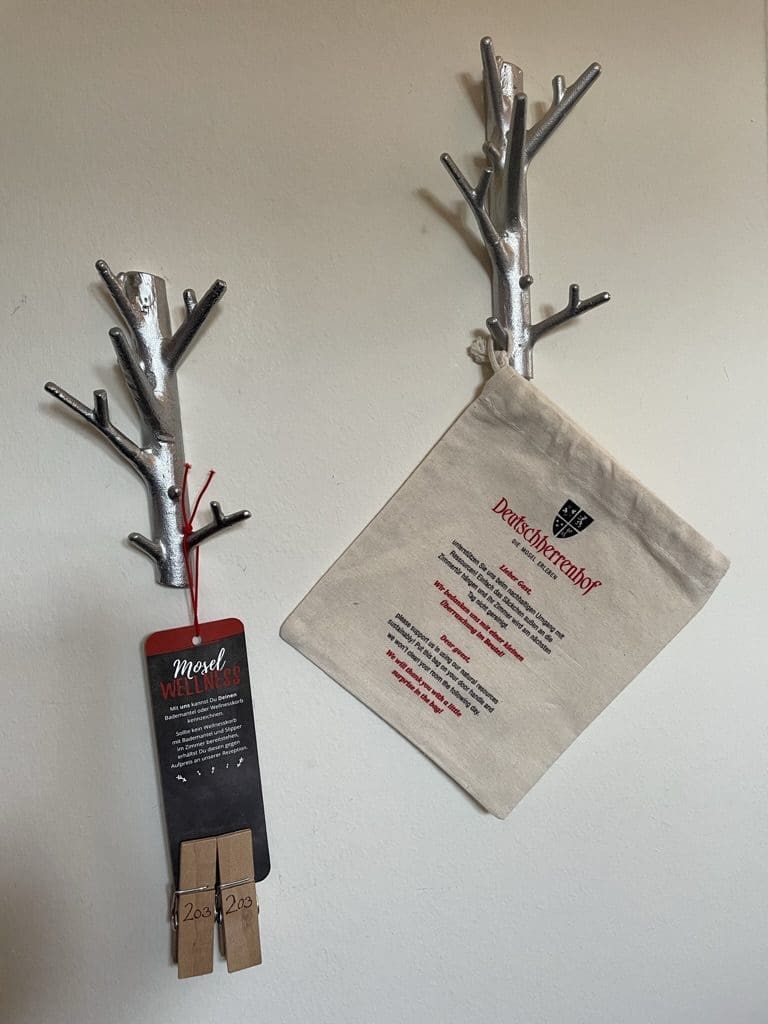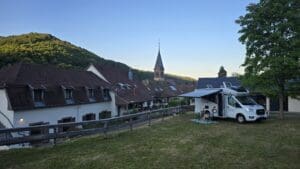This is part two of our trip to the Mosel Valley. You can read part one here.
We can probably state that our strong point is not language, which is perhaps illustrated by the fact that I always quote above as soon as Germany comes up. The direct translation is something like 'Good day to you all. Spring is in the air. Soon the leaves and berries will come. In my naivety, I thought this came from Germany, but during our trip I learned that it comes from a Swedish sketch in the 50s where they use swedishized German expressions.
In the past, people joked about the Germans' language skills, which to some extent is probably due to the fact that everything that comes from other countries is either translated or dubbed. We were still surprised that not even the younger ones or those who worked in the tourism industry could communicate in any language other than German.

Why then go to the Mosel? Yes, part of it is of course the fantastic wine that has made the region world famous. The grapes are grown on steep terraces, which in many cases can only be picked manually. We learned that the steepest cultivation has a slope of a whopping 68°, which makes it one of the steepest in the world. In addition to the steep slopes and the river itself, the soil also has a great importance in creating favorable conditions. It consists largely of shale but also a lot of limestone.
On the 242 km long stretch, no less than 19 larger and 524 smaller vineyards can be accommodated. Wine has been grown here ever since the Romans established an outpost in the region just before BC. Some of the more prominent wineries are Bernkasteler Doctor, Calmont and Scharzhofberg. The many plantations are spread over six regions Moseltor, Saar, Ruwertal, Obermosel, Bernkastel and Burg Cochem.
The most famous grape is, of course, Riesling, which accounts for almost half of the production. This grape is characterized by a high fruit acidity and often hints of citrus, apple, pear, flowers, honey and minerals. When it comes to Riesling wines produced in the Mosel, they are often light, fresh, elegant with hints of citrus and mineral. Sweet wines are also common, but there are also dry varieties.
Other grapes from the region include Elbling, Weissburgunder (Pinot Blanc), Grauburgunder (Pinot Gris), Kerner, and Auxerrois. A special mention should be made here of Elbling, which is said to have been grown here by the Romans. It is mainly used in the sparkling wine of the Germans, Sekt.
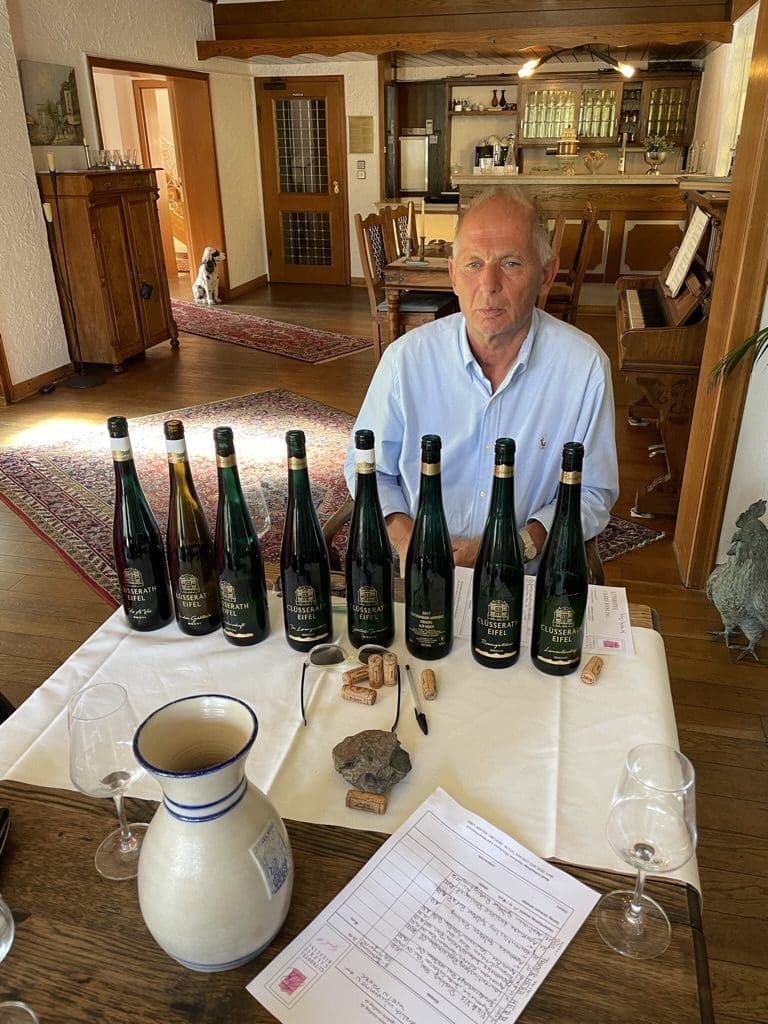

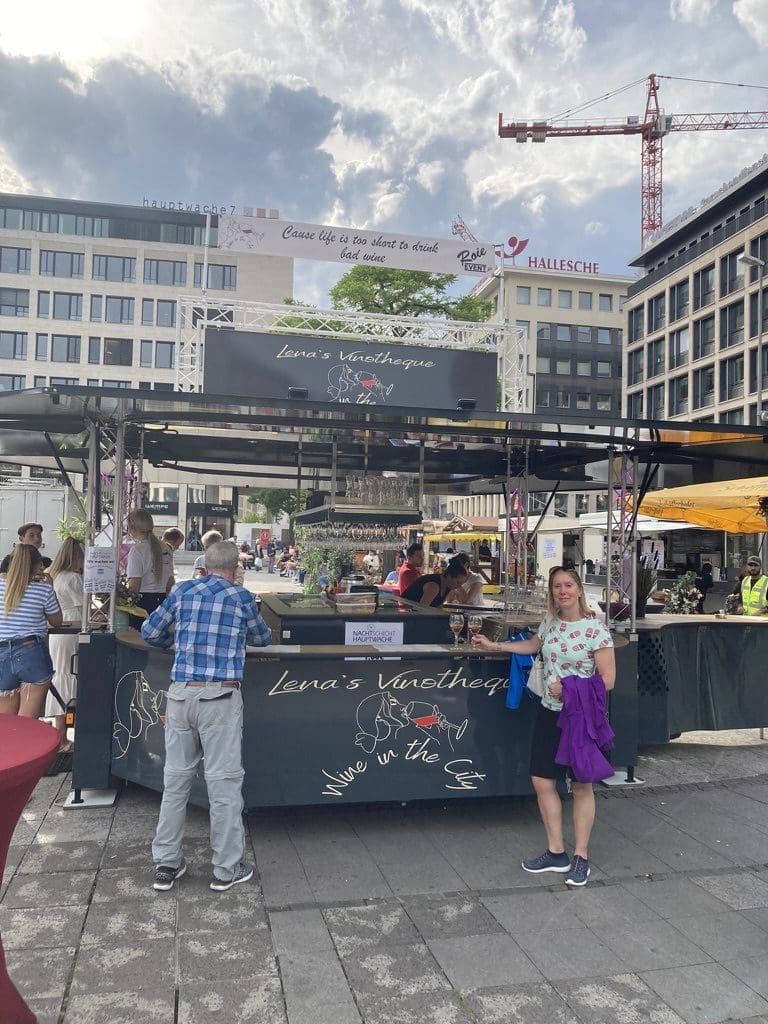

Our goal of how the trip would go was to cycle through the Mosel and along the way stop at as many wineries as possible. However, it turned out that almost none of those along the road were open. It was somewhat unclear if it was due to the effects of the pandemic or if they simply hadn't opened for the season. Regardless, we had to adapt and instead enjoy delicious wine at dinners and tastings.
There was really no need for us as every little sausage kiosk had absolutely fantastic wine. It was offered for lunch, dinner and also some other occasions and each time so locally produced that you saw the cultivation during the day. As for the tastings, I would like to mention some of them as particularly successful. The first was organised by the winemaker who owned the hotel we stayed in. They had been growing wine for seven generations and he told us fascinating anecdotes that had also been passed down. He also had a very purist view of wine production where everything had to be done manually and referred disdainfully to the "new" winegrowers who used lots of machines and other modernities. 🙂
We had another extraordinary wine experience Winninger Weinstuben. We had been looking all afternoon in Koblenz for a weingut but without success as they were all outside the center. Just as we gave up, it started to rain and we scurried into the first best place to seek shelter. Guess where we ended up? Yes, very true to the Weinstauben just mentioned. They had absolutely fantastic locally produced wines from their own vineyard and it was almost a shame that the rain only lasted for an hour because otherwise we would probably have stayed the whole evening. Incidentally, it was the only rain of the whole holiday.
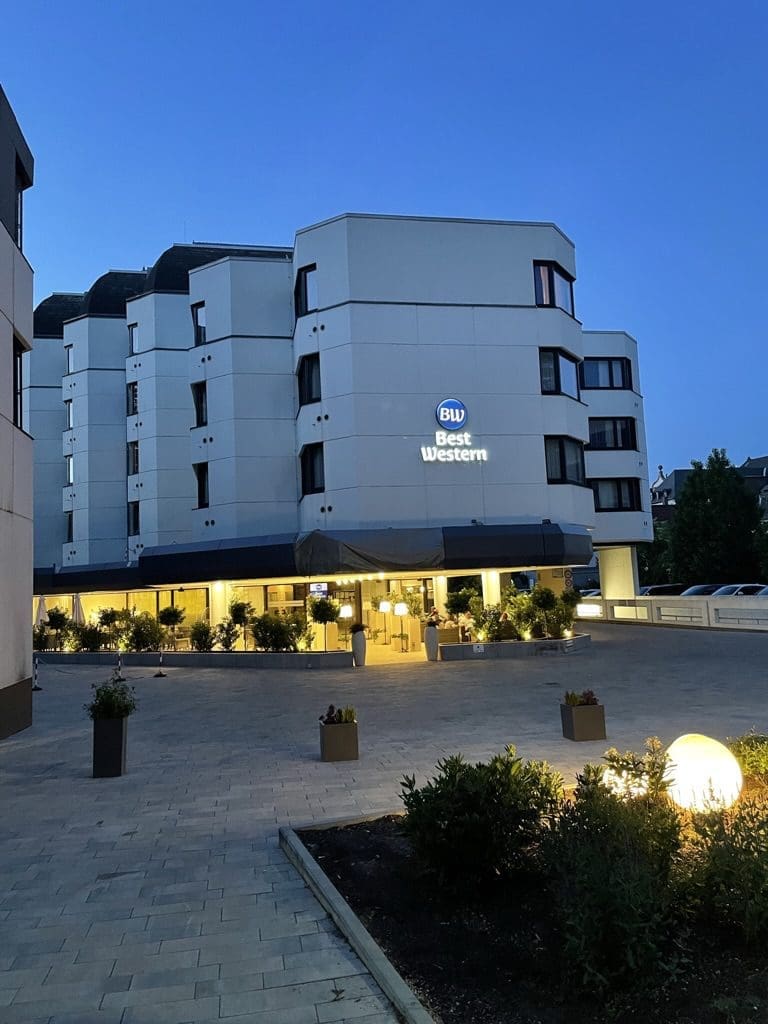
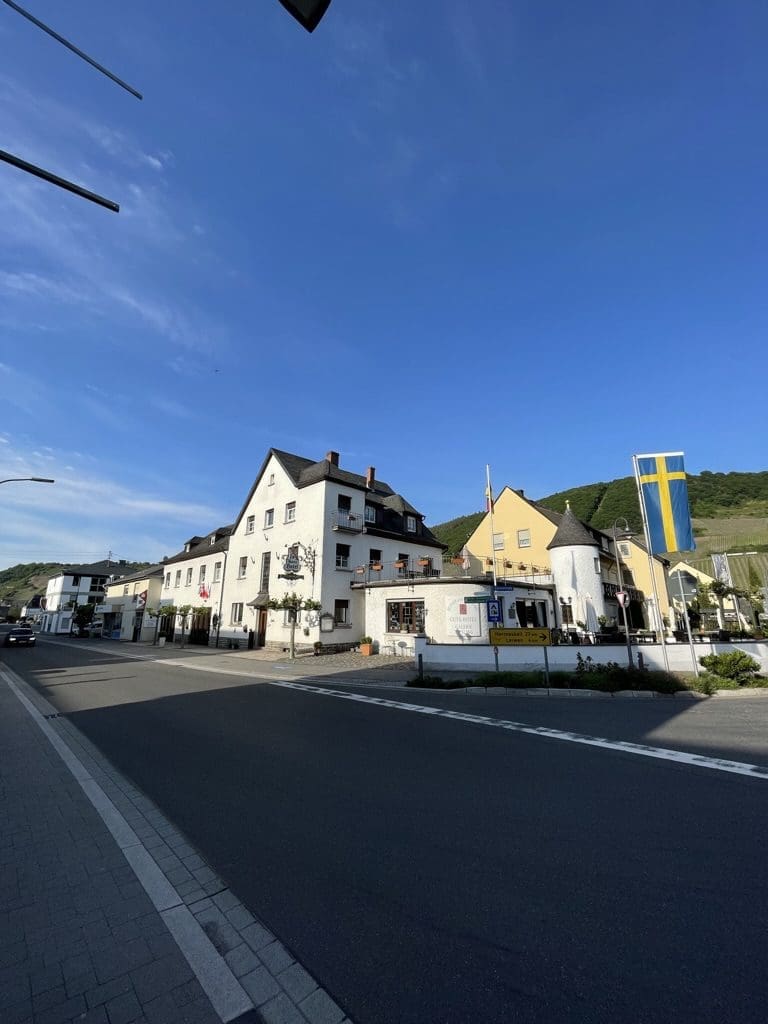
Trittenheim
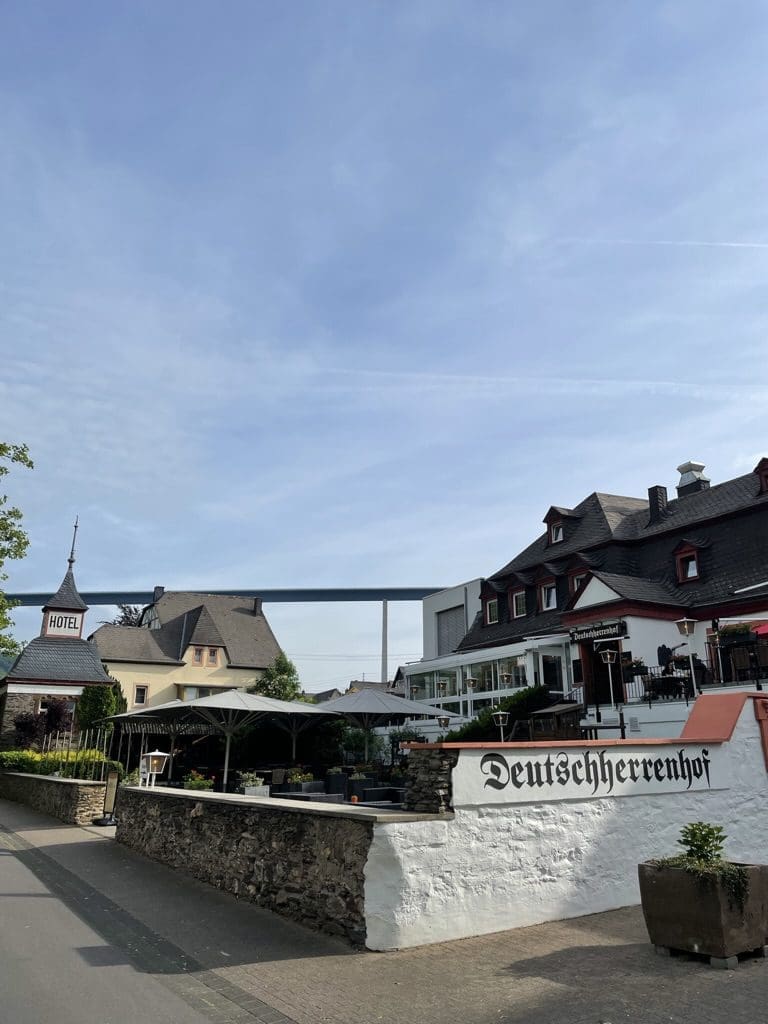
Zeltzingen-Rachtig
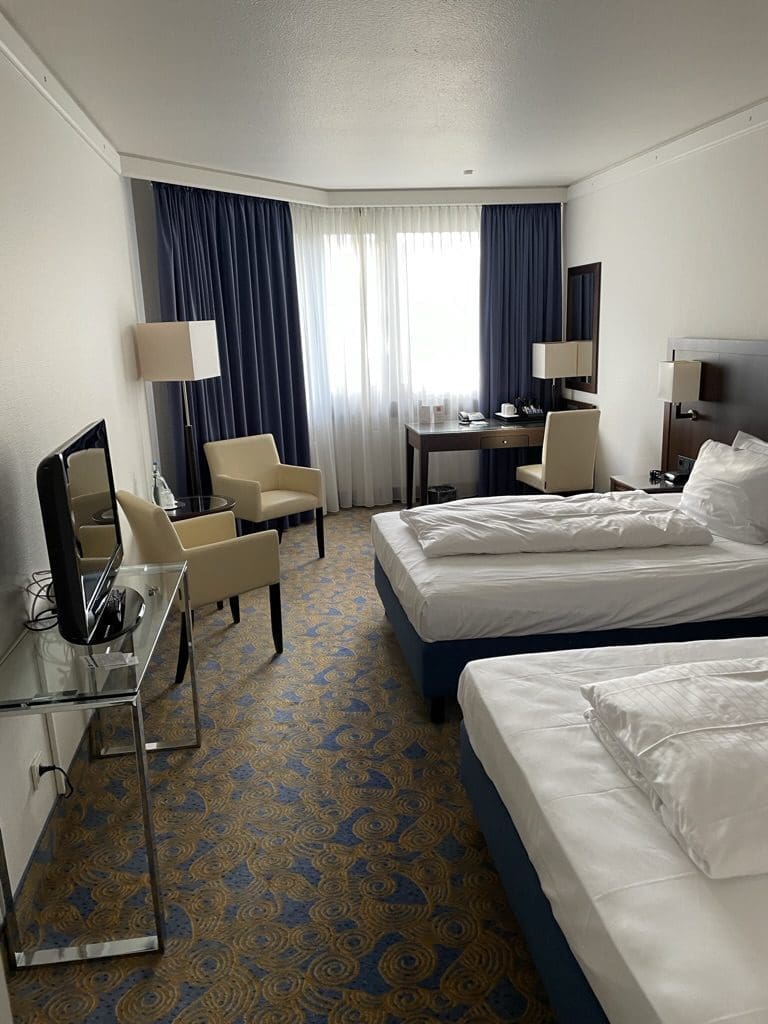

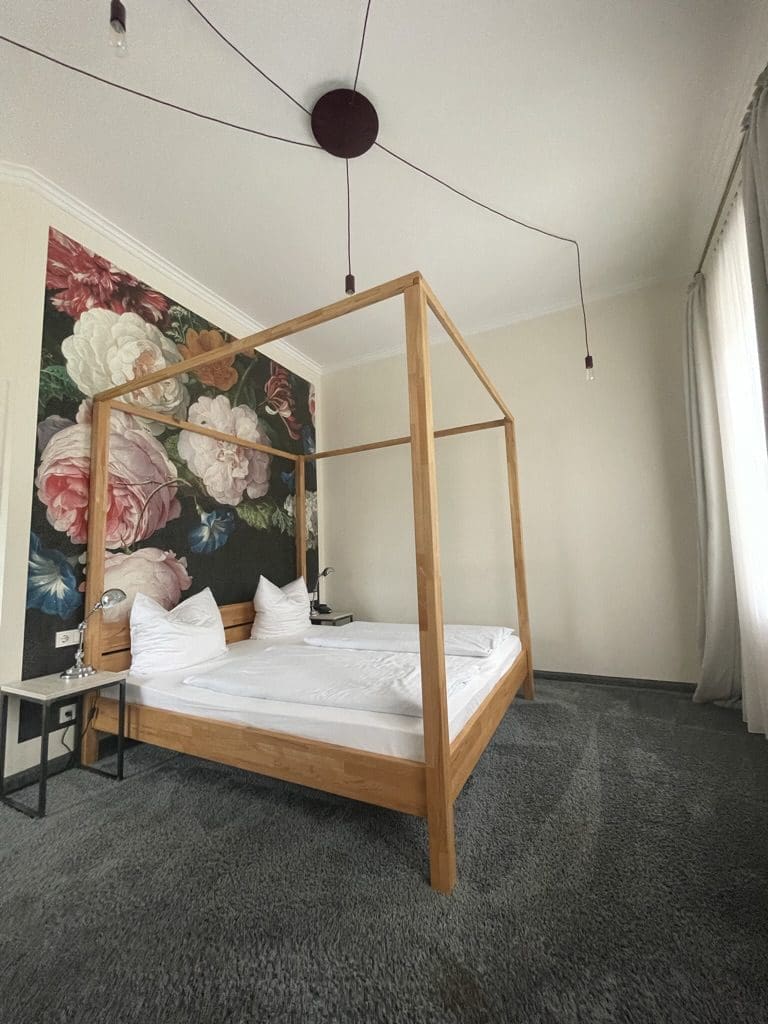
During our bike tour in the Moselle, the tour operator had booked hotels with three or four stars. As always when you are abroad, this categorization feels somewhat arbitrary, but we still felt that the standard was above expectations. With one exception (yes, I'm talking about you Schloss Hotel Petry) we were very satisfied as they had managed to find small cozy hotels where you really felt welcome.
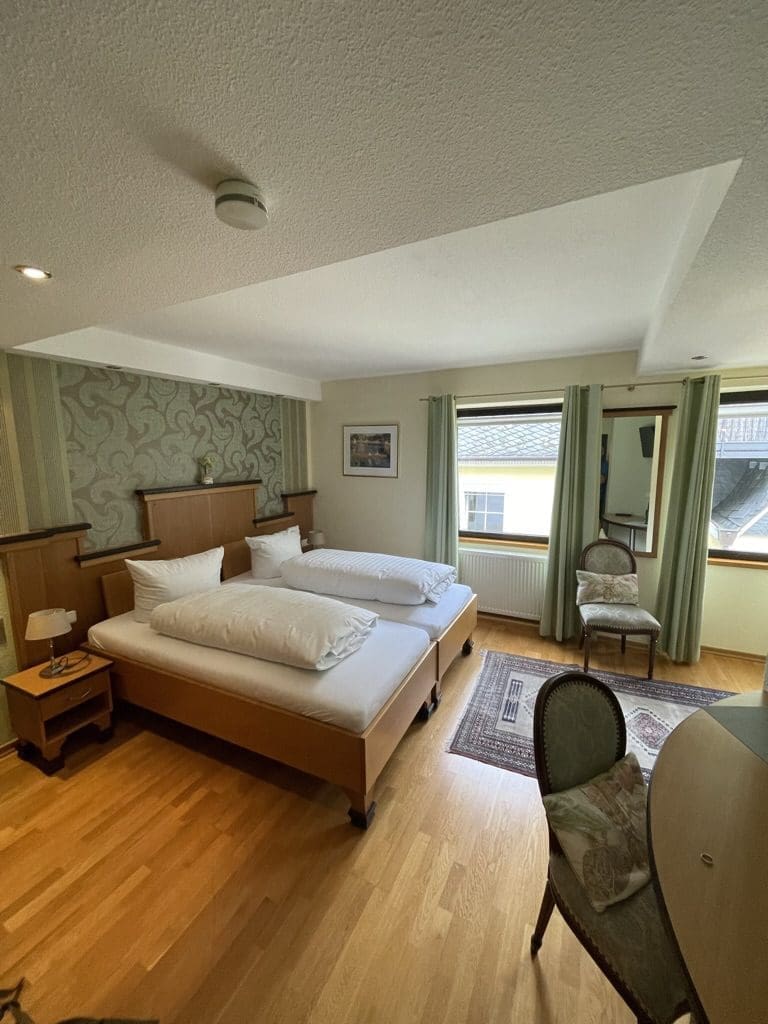

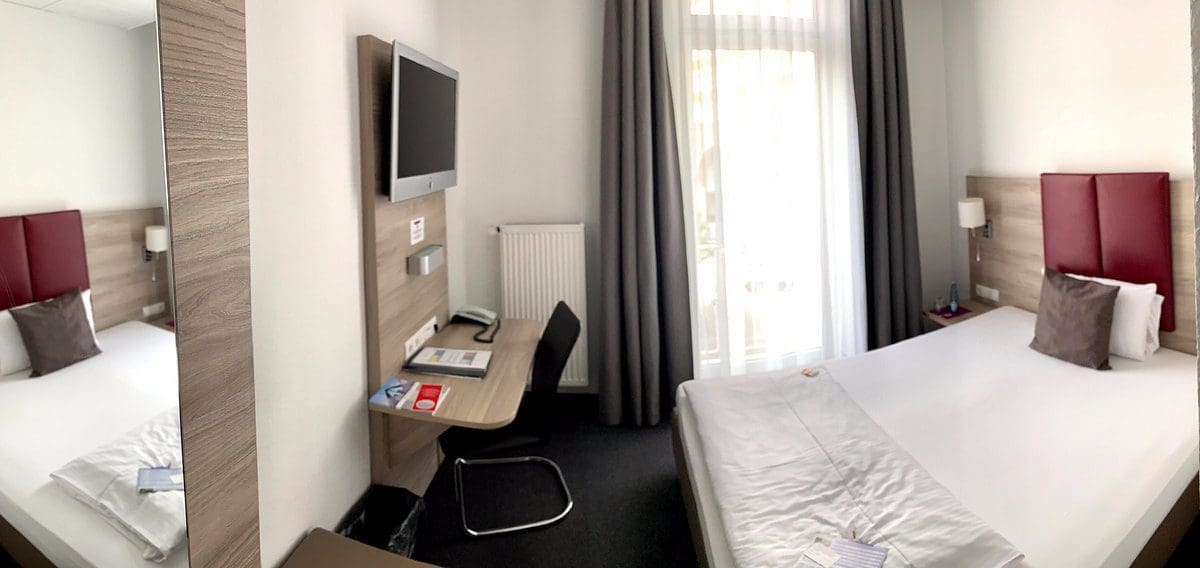

Zell

Treis-Karden

Koblenz
We had chosen half-board, which meant three- or four-course menus at the hotels. Perhaps it should be mentioned that four courses was a very generous description, as in practice it meant three courses plus salad buffet. It can be concluded that German food mostly seems to be about the food being as simple as possible to prepare, that it should be chewed as little as possible and that the visitor should be full for as long as possible. Overcooked pieces of meat and overcooked potatoes with non-existent seasoning were standard, but in some cases they had lightened it up with some overcooked vegetables.
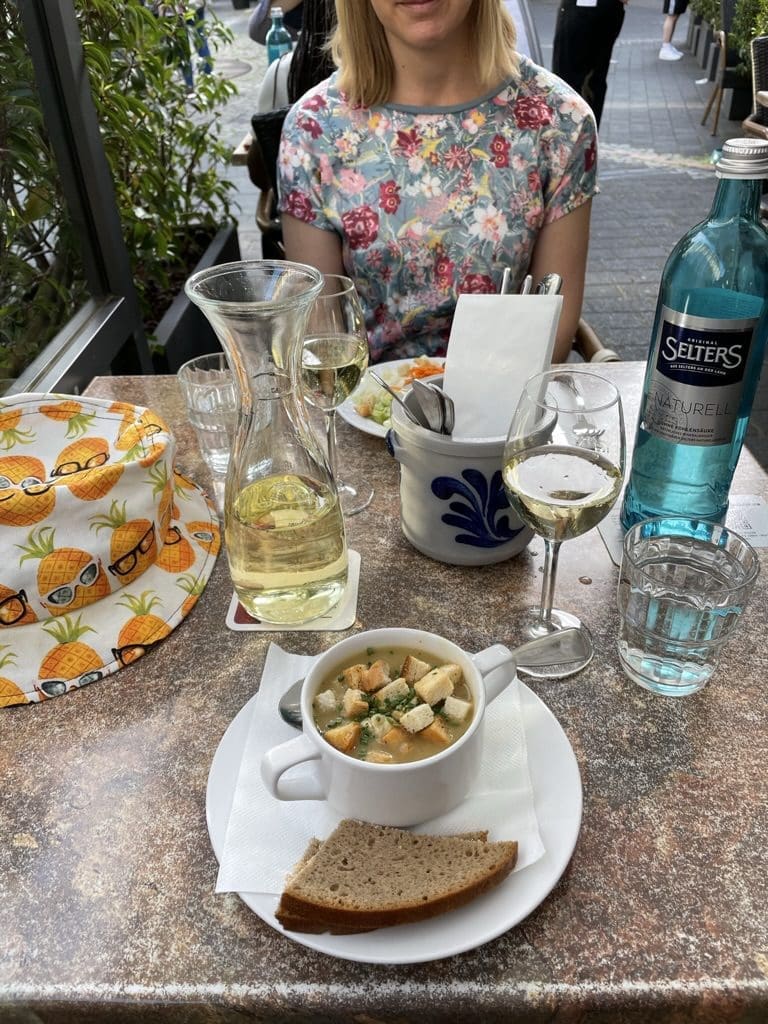
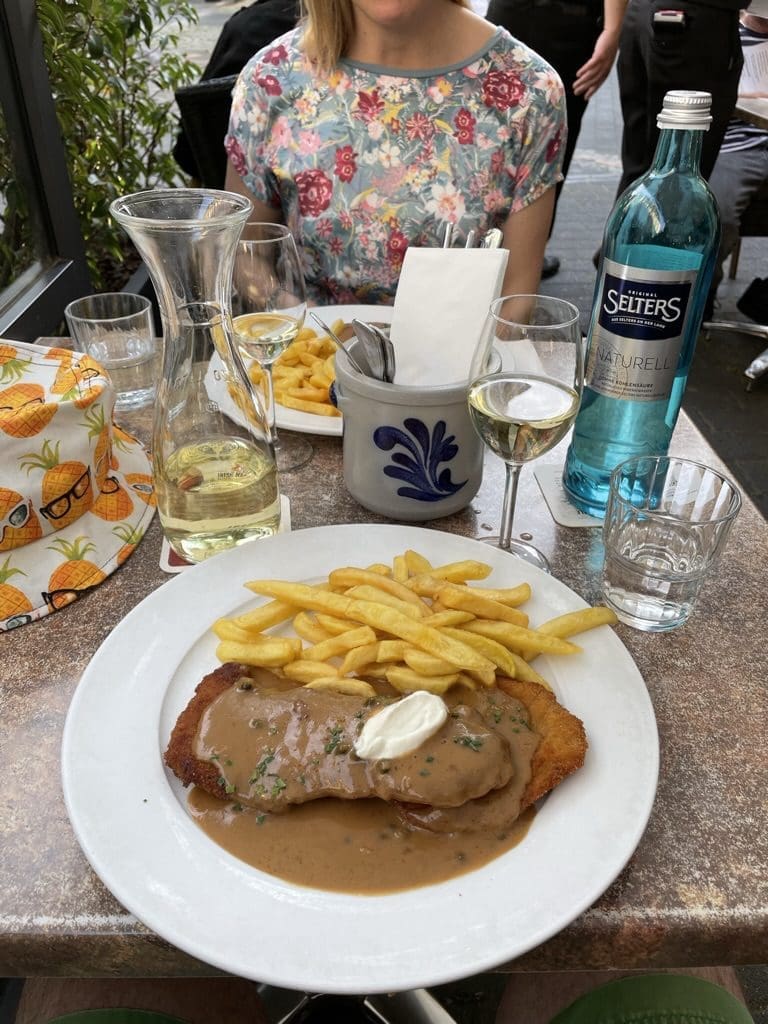
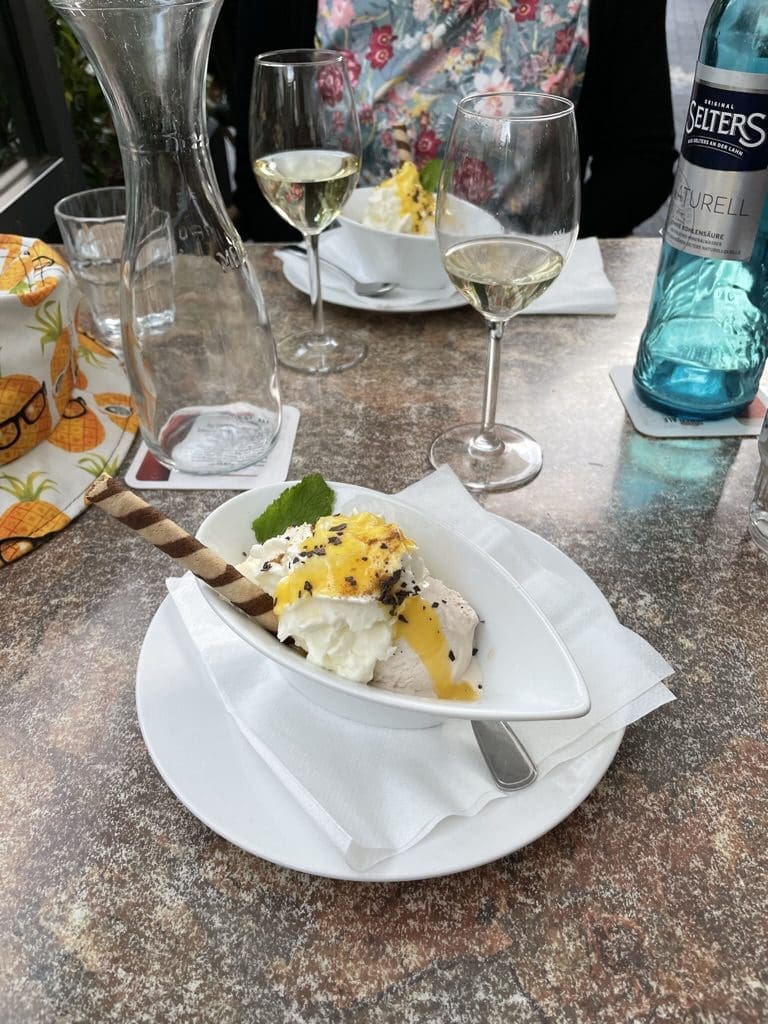
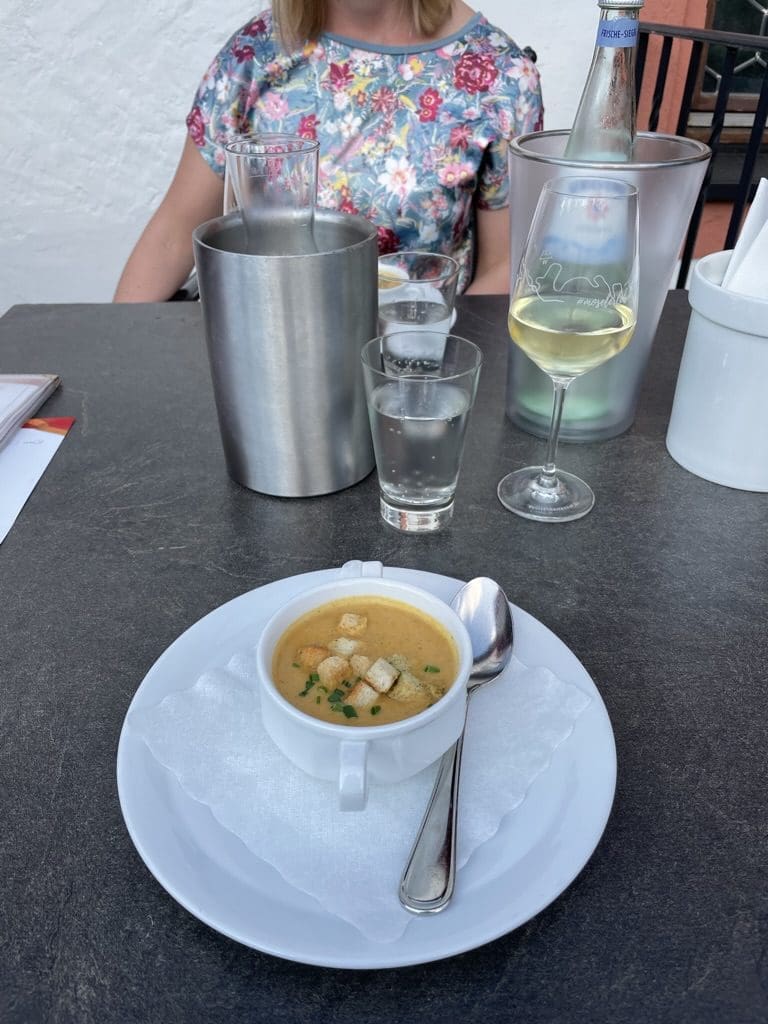

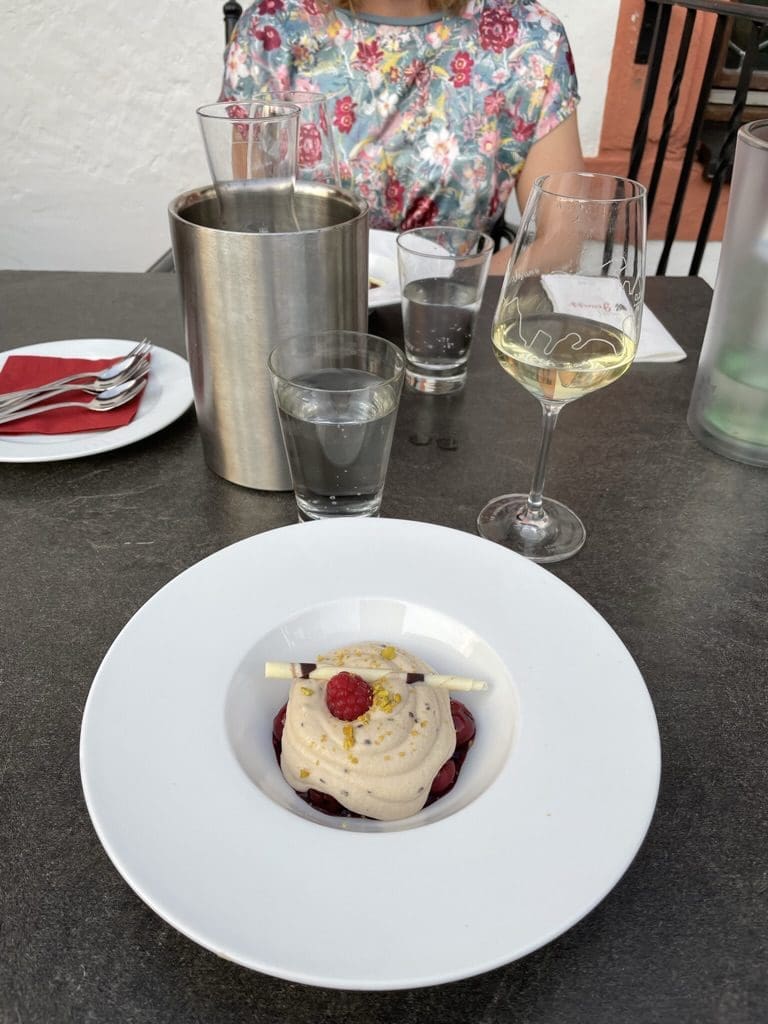
Two of the hotels had rented out the half board to nearby restaurants and they both served a good but simple Italian menu which suited our starved taste buds perfectly. A funny episode unfolded when the waiter at one place mentioned several times that we would have a surprise for dessert. It turned out to be ice cream with cream. 🙂
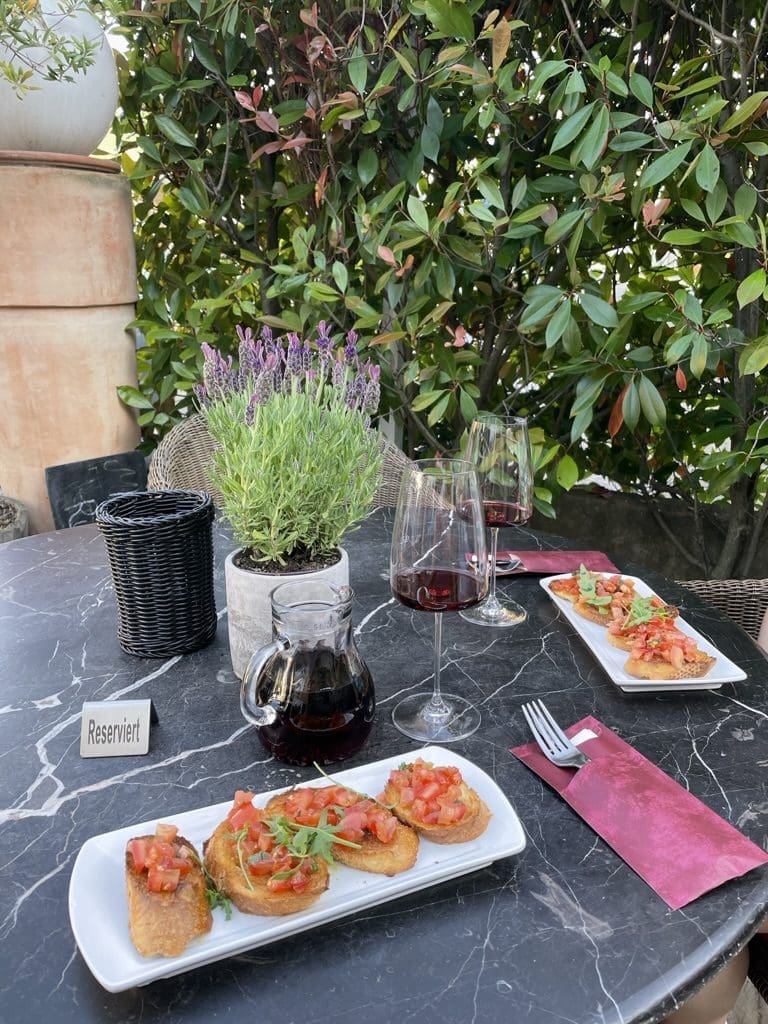
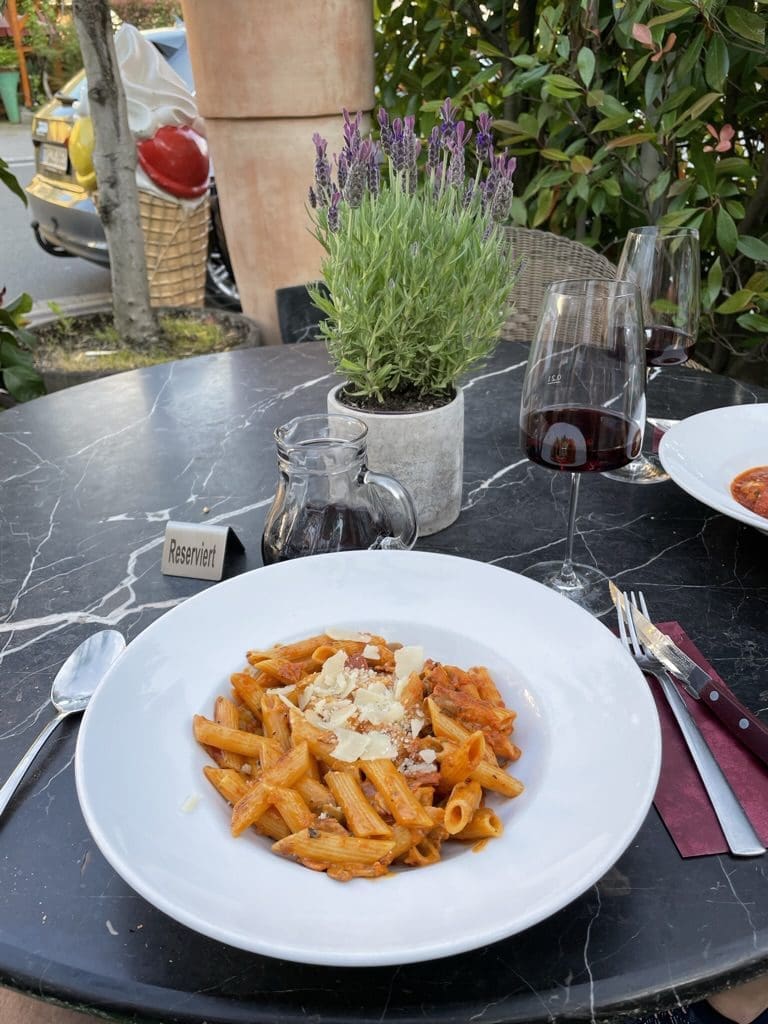



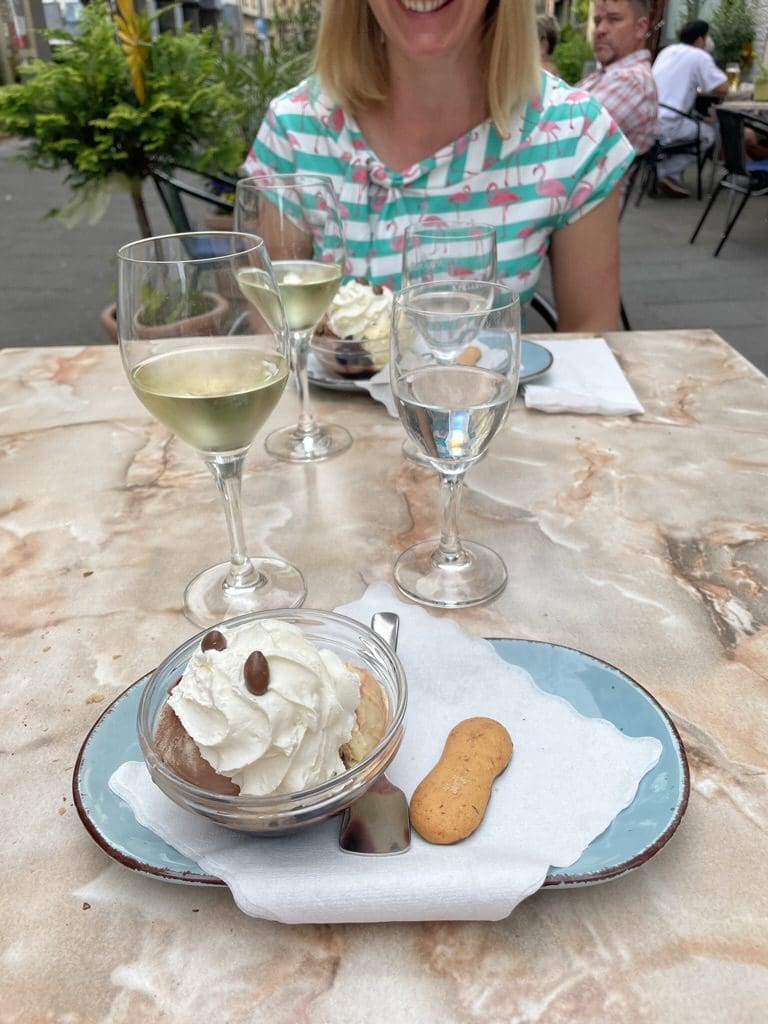
Surprisingly, Schloss Hotell Petry had an excellent restaurant that offered us a good meal and nice service. Above all, the soup was one of the tastiest dishes on the whole trip.
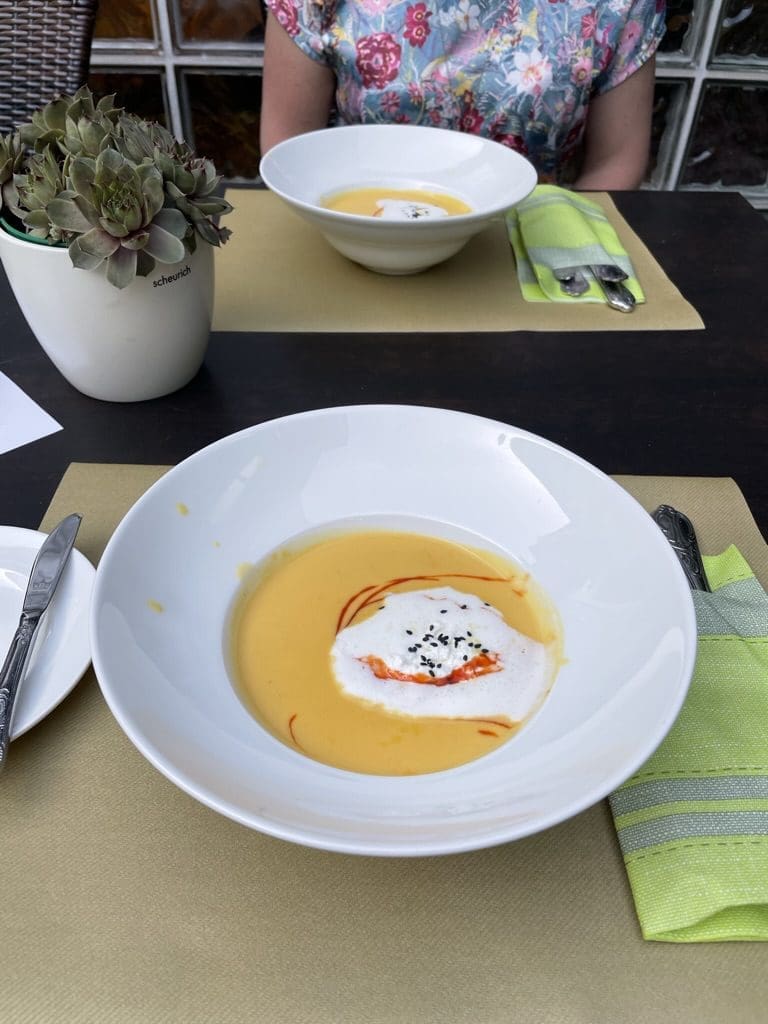
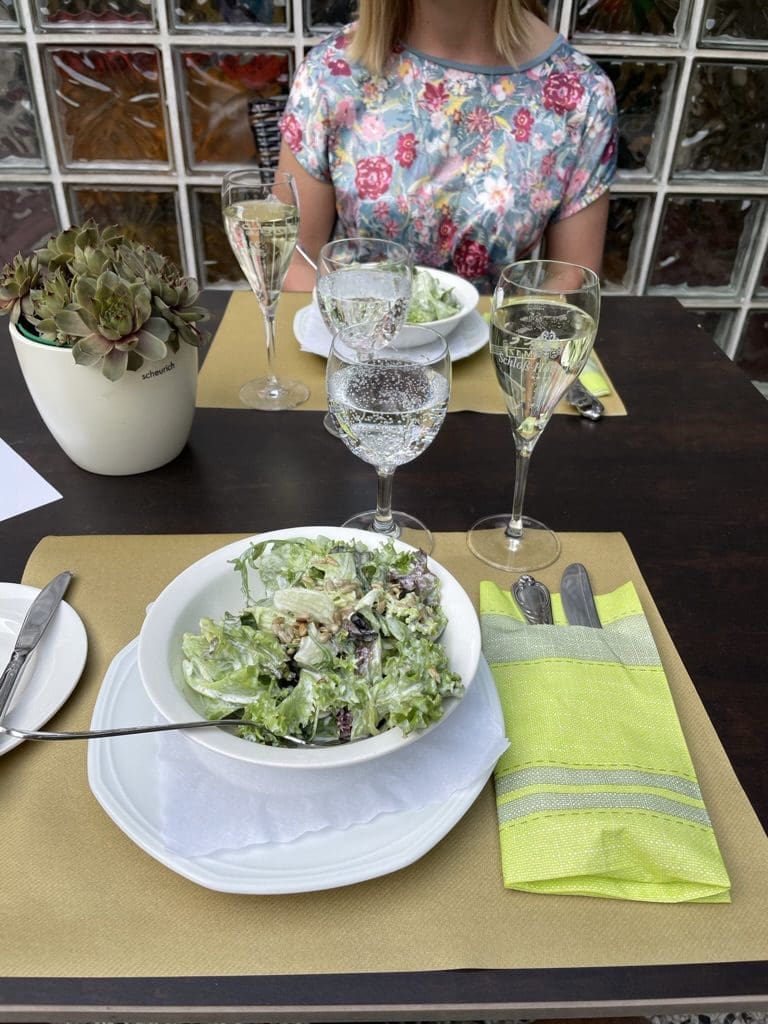

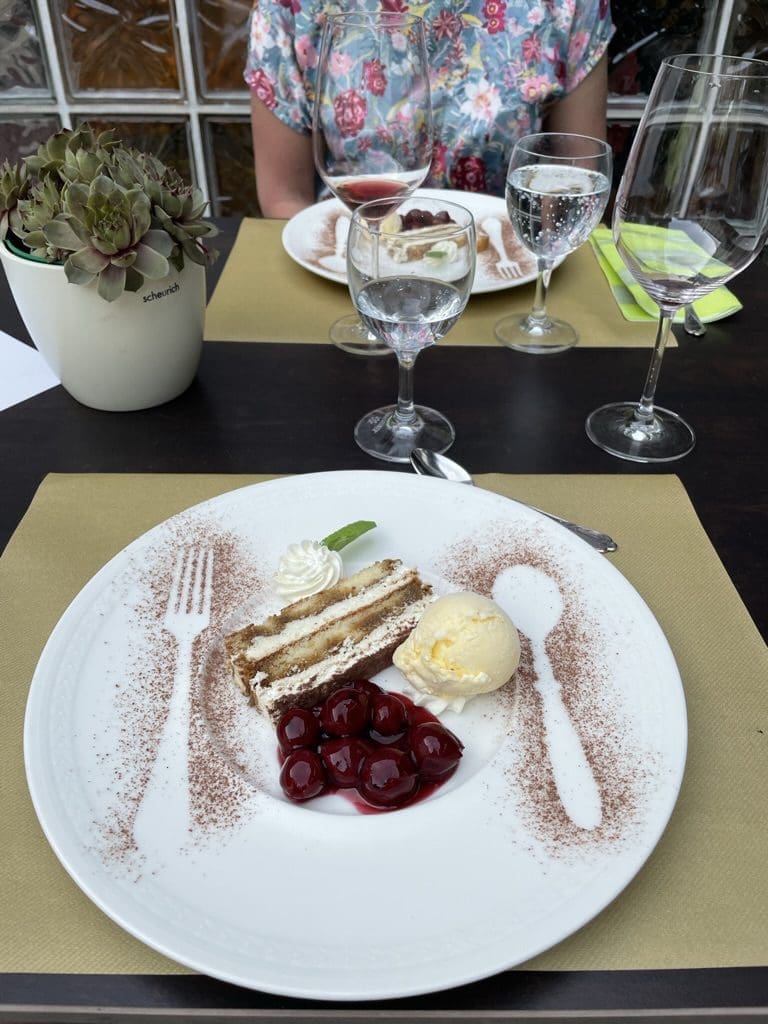
It just so happened that we cycled through the Mosel in the middle of the asparagus premiere, which we saw as a stroke of luck. Unfortunately, the asparagus had received the same mild treatment as the other vegetables, so it had no trace of either texture or taste. Sad! 🙁
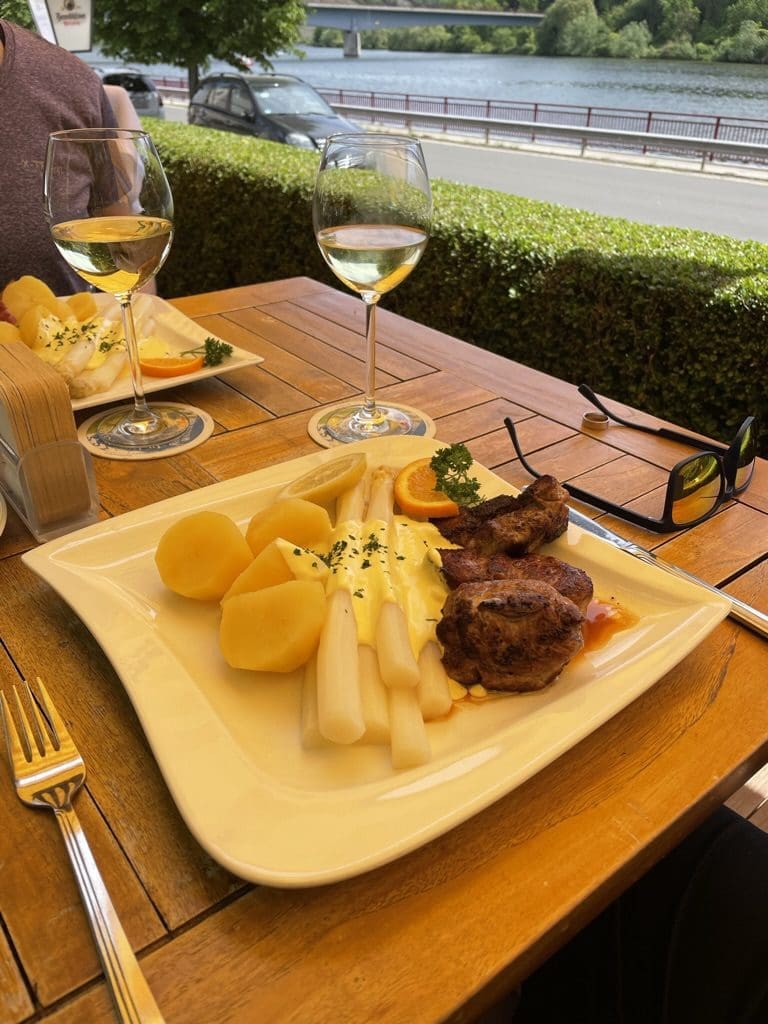

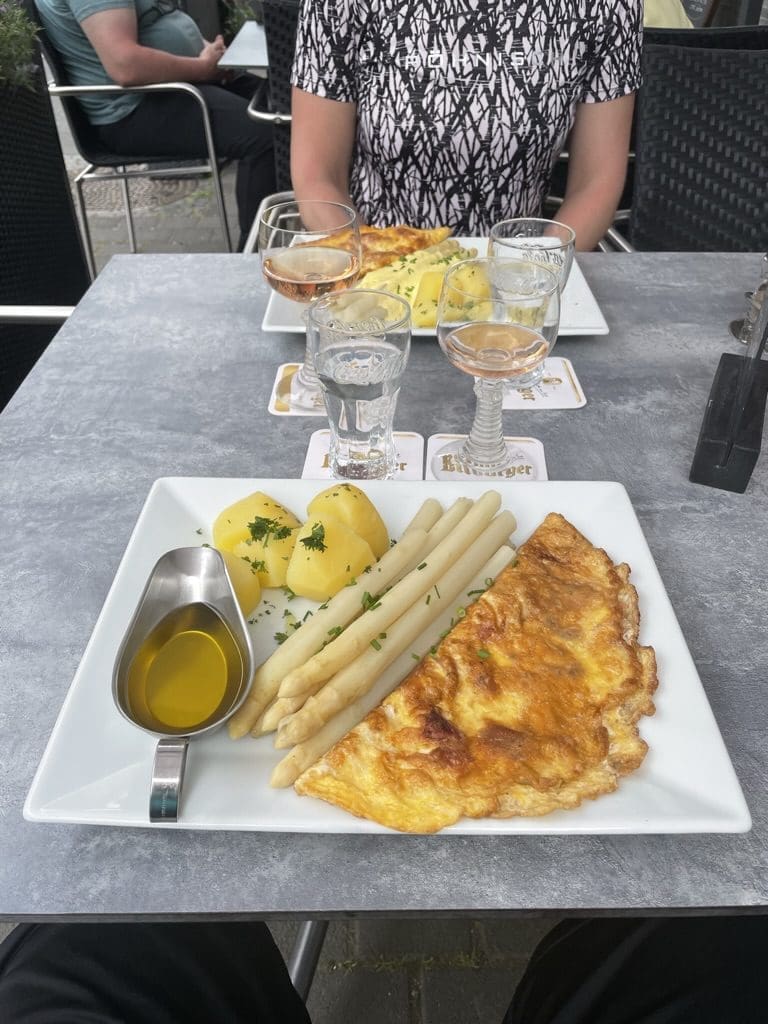
To nuance the lamentation somewhat, it must still be said that if you take your time and look for the really good German restaurants, you get a completely different experience. Below are some examples of great German food that is both well seasoned and well prepared.

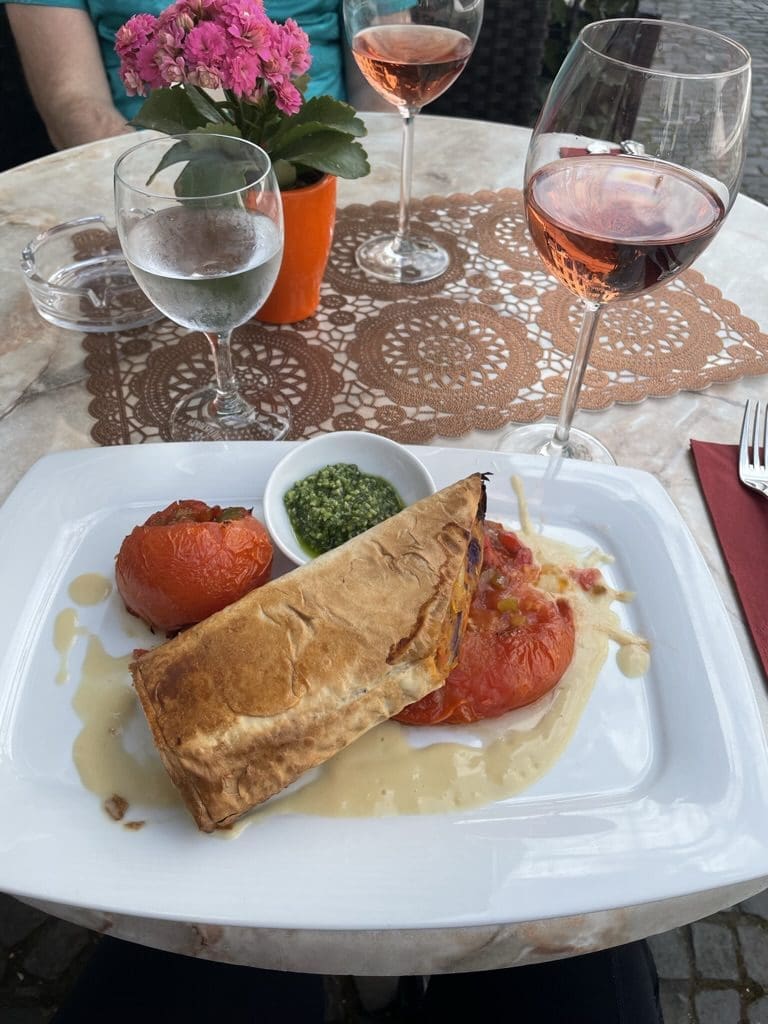


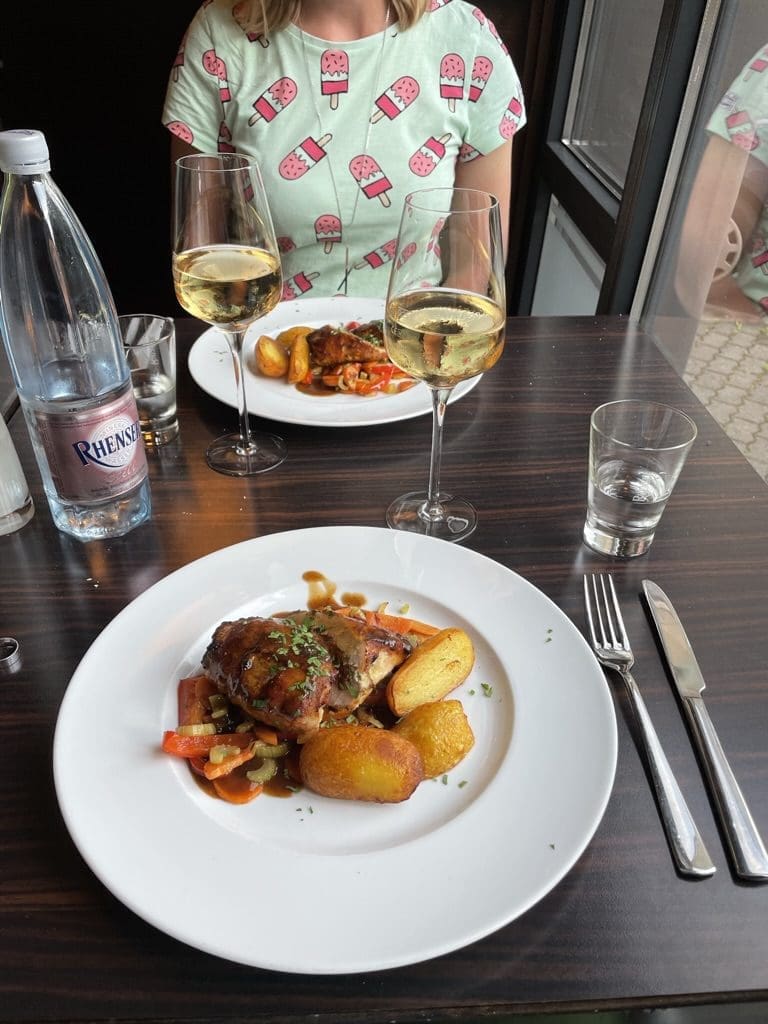
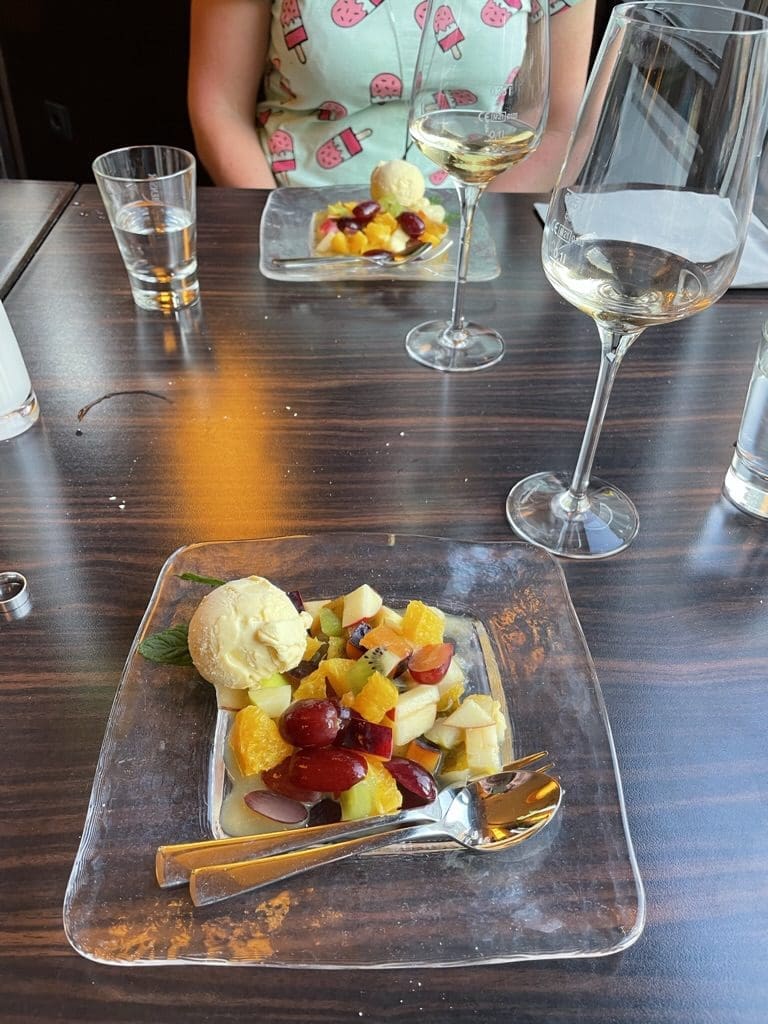
We ended the trip with a day in Frankfurt. The city is perhaps best known as a financial center, which is probably also the reason why the European Central Bank chose to relocate its headquarters to the city. In addition to the modern parts, there is also an older district with many old, beautiful houses. Maybe there wasn't much that stood out as it was, on the whole, a big city among many others, but we still felt that there were no problems at all to kill a day here.
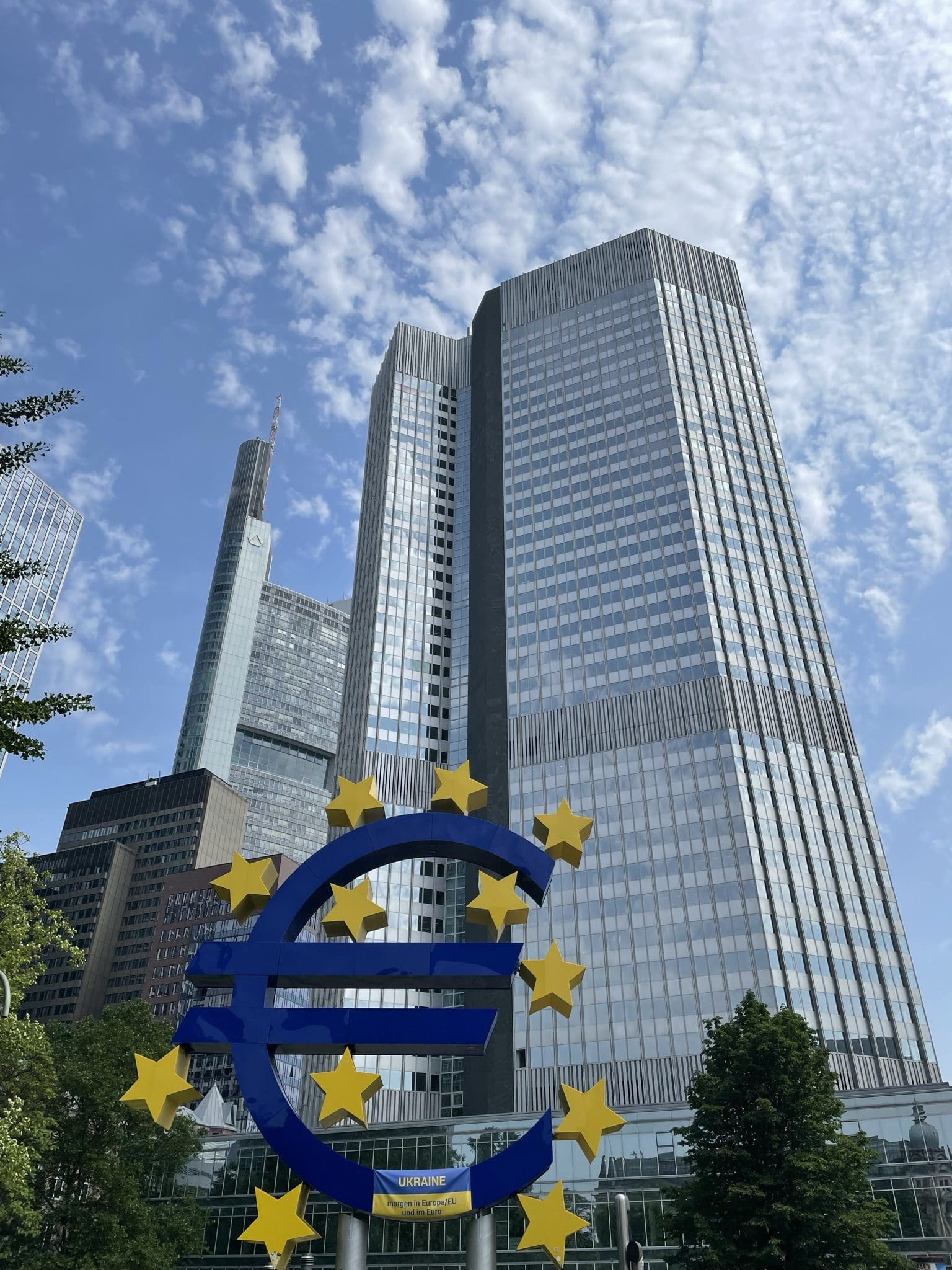
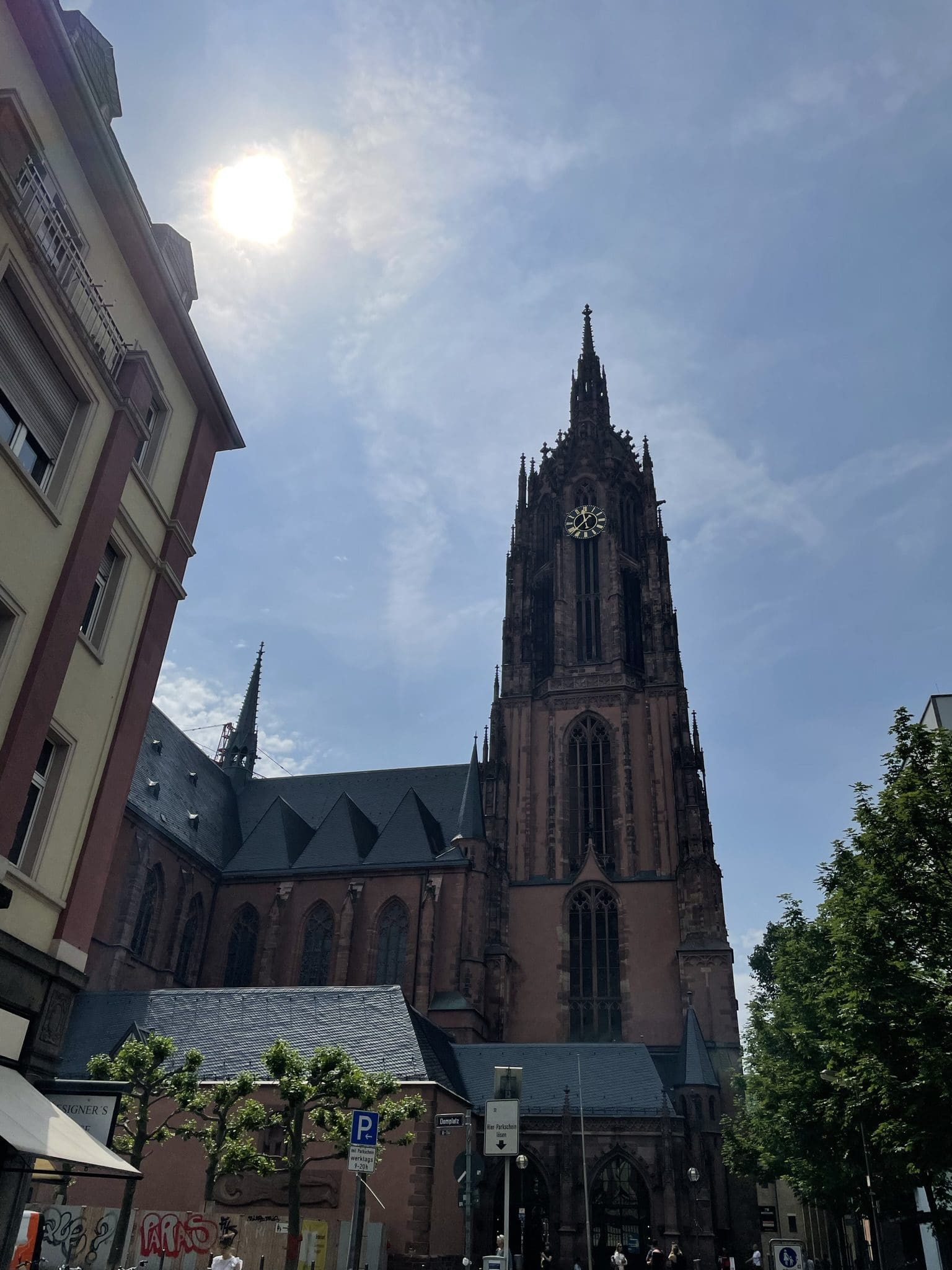
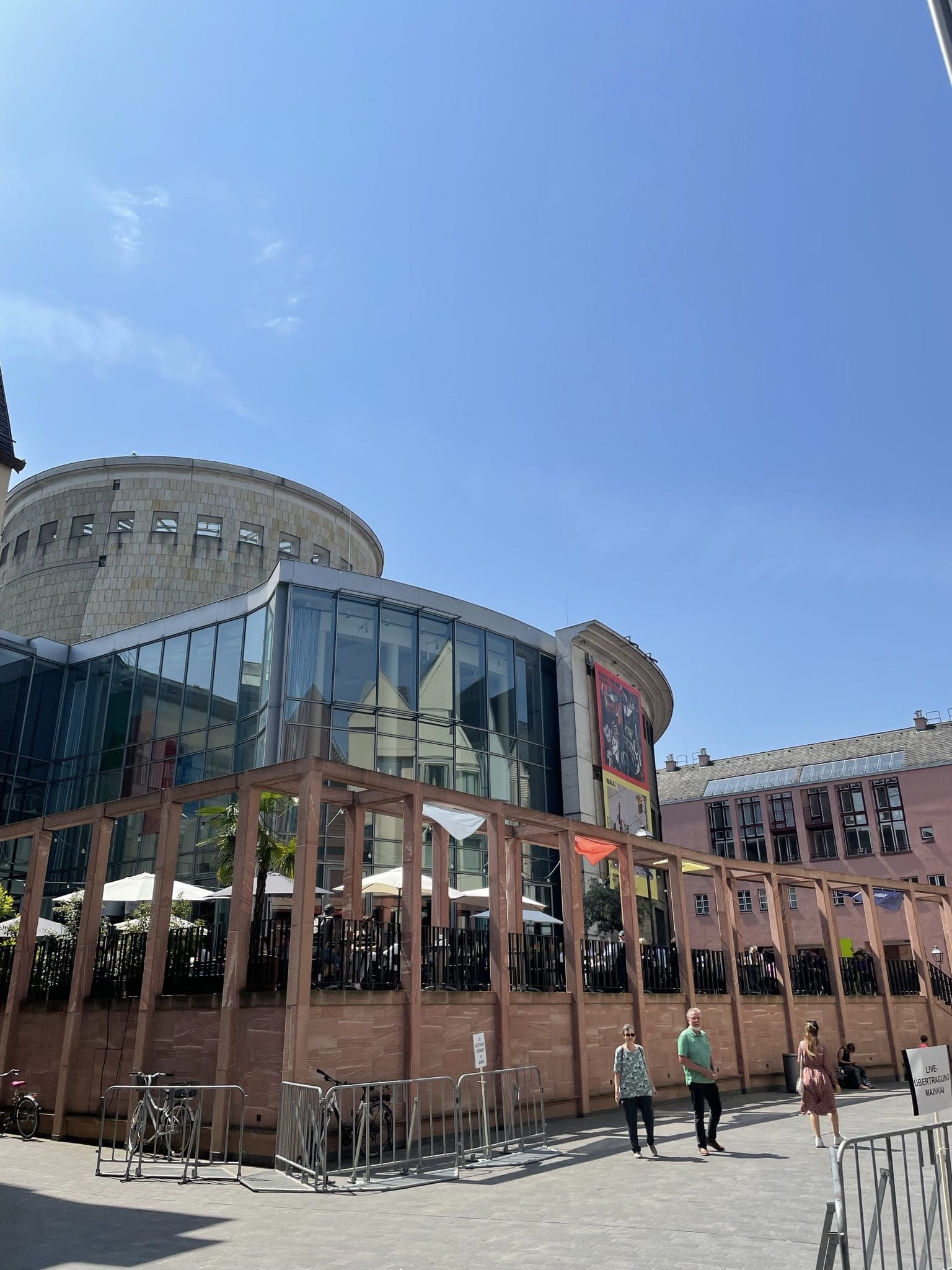
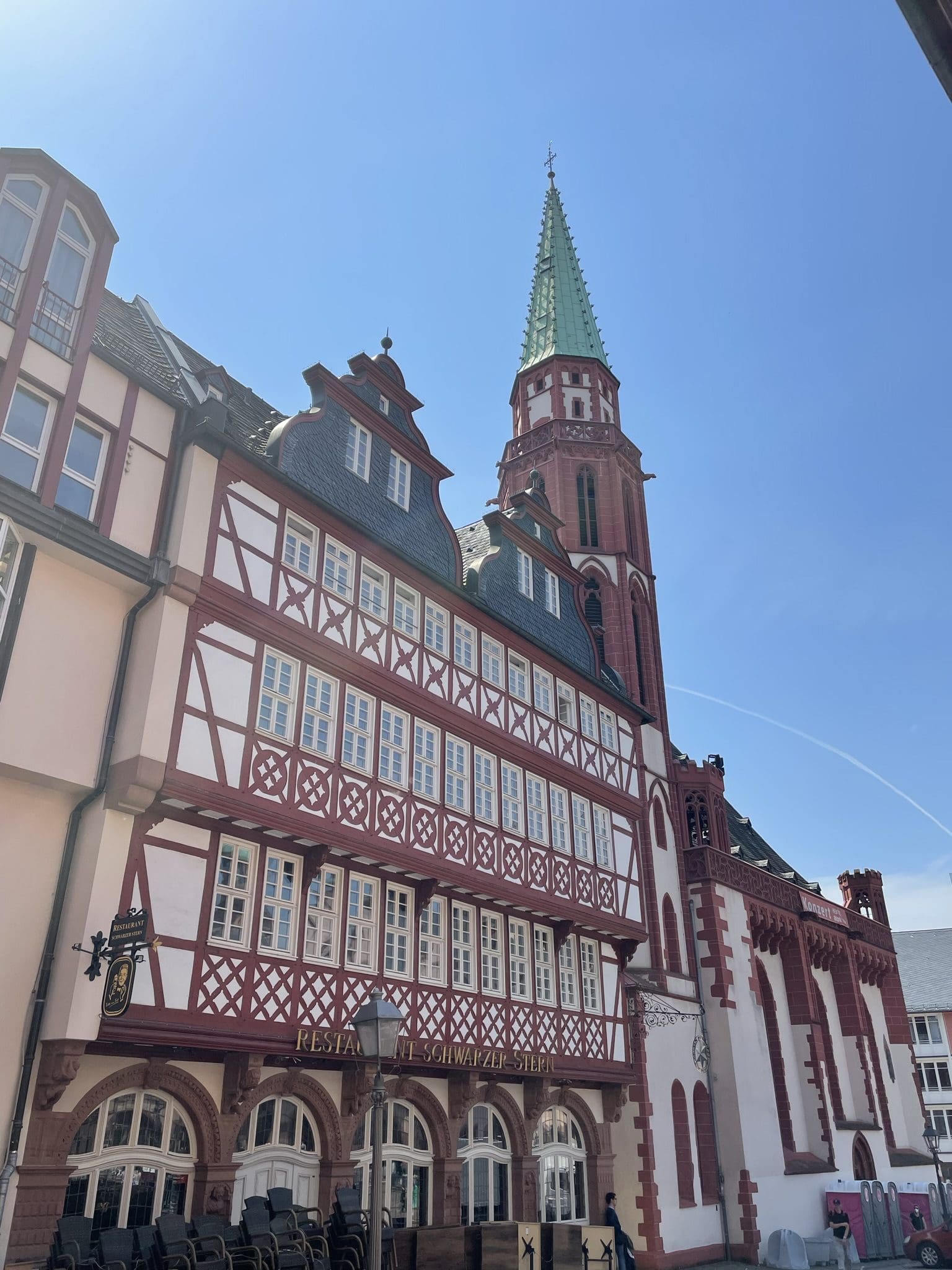

During our stay we stayed in a very nice hotel, Neckarvillen Boutique. The building was old but the inside had been renovated to a more modern look. In addition to the hotel itself, they also had a luxurious steakhouse and a modern cocktail bar of a very high standard and a small spa.
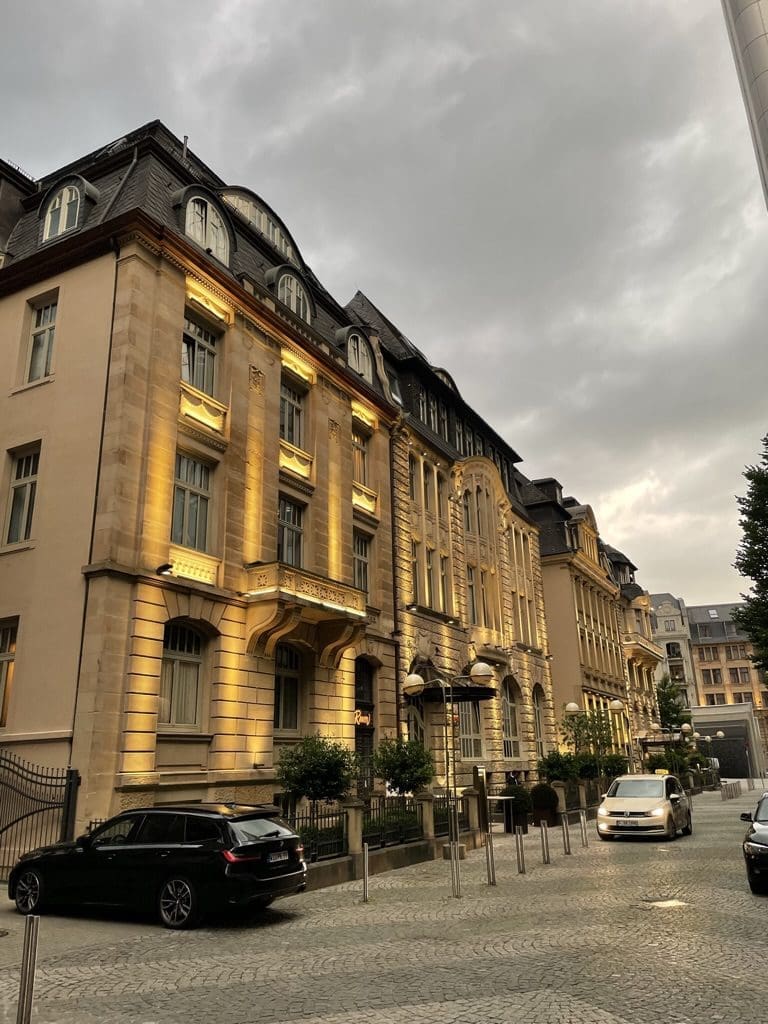
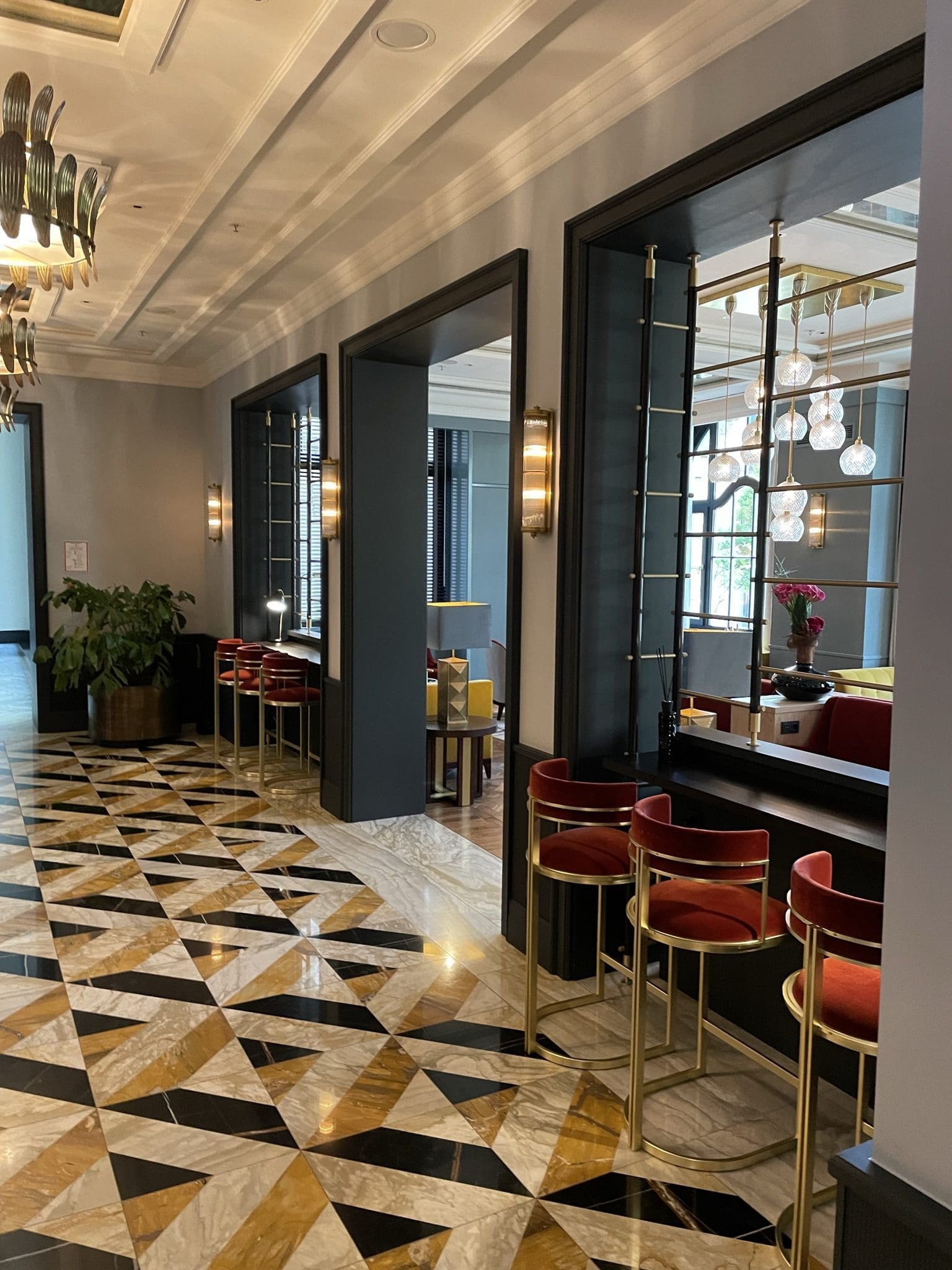

Finally, the absolute best dining experience of the trip, the Vietnamese restaurant Góc Pho. They described it as serving street food but I still have to say that both the flavor combinations and service were better than most traditional restaurants so I still feel that street food is somewhat misleading.
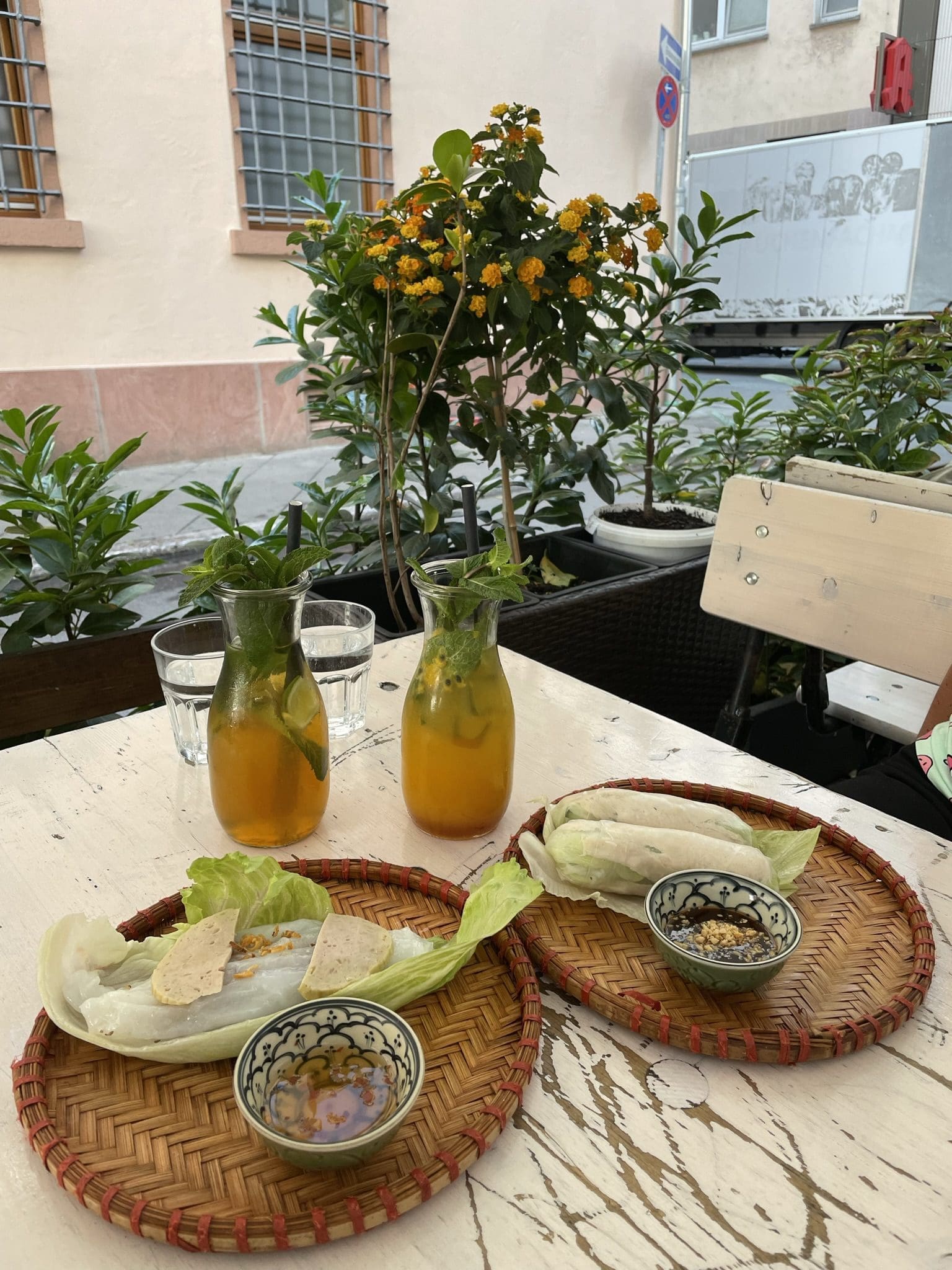
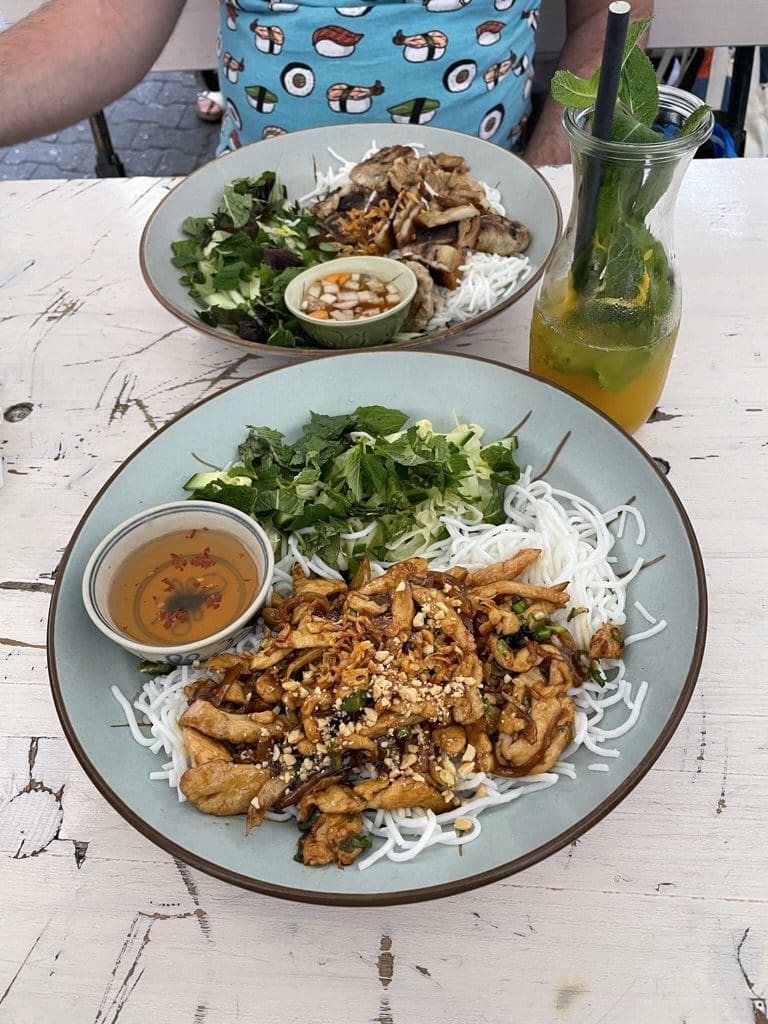

The Germans really are a practical and pragmatic people and when you travel around the country you often see examples of this. Sometimes they can be perceived as a bit edgy, but that's probably more because they want to be as efficient as possible, which doesn't mean a lot of small talk. On the contrary, our opinion is that they are always very polite, service minded and above all solution focused.


